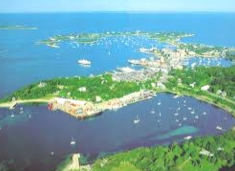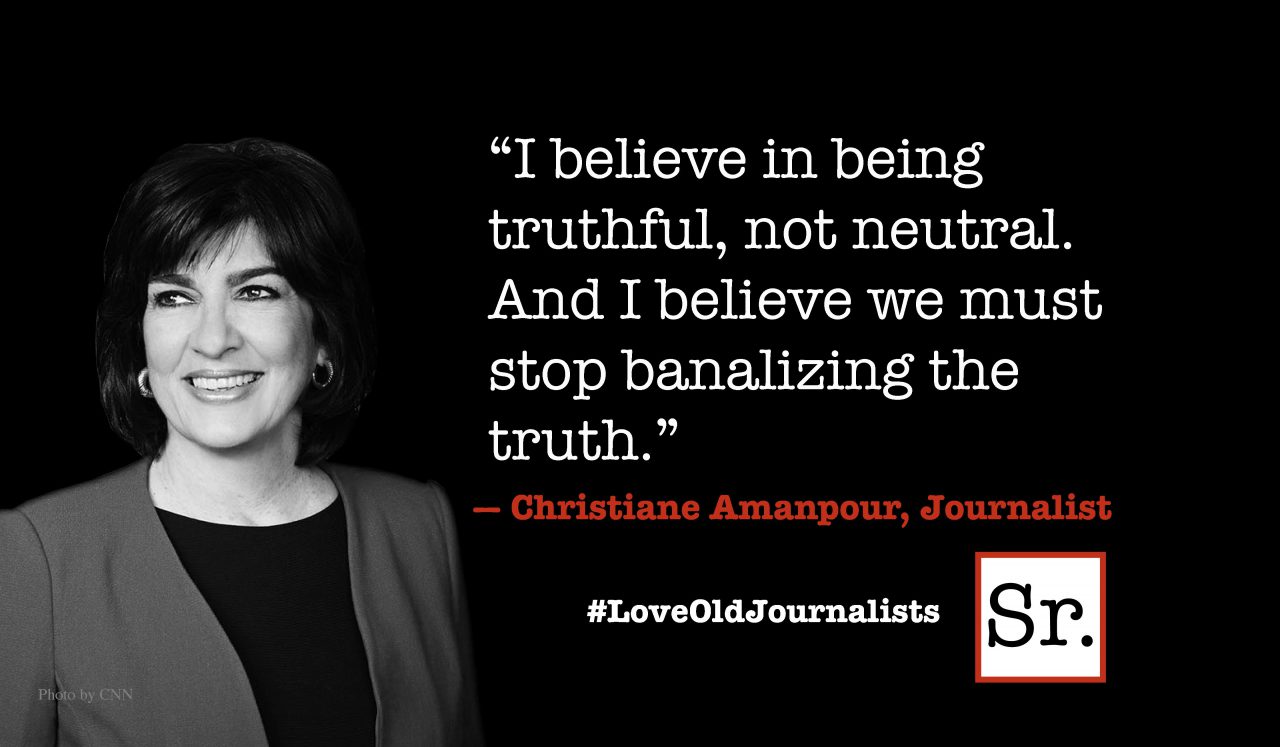In May of 1932 I was two months shy of 2 years old, a precocious little tyke much loved by her parents, Rolland and Emma Whedon, and grandparents, Arthur and Minnie Whedon. As the first child of their middle son, Rolland, I admit to being thoroughly spoiled. It was the Great Depression and five of us all lived together in my grandparents’ house in Fargo, N.D. We were a bit crowded but better off than many who lost their homes. Both men had teaching jobs, so the families were free to travel during the summers, income permitting in those hard times.
That year the grandparents were going to the seashore on Cape Cod, Mass., but Rolland and Emma chose to stay home, as she was expecting again. Minnie had come into an inheritance. She had become attached to her baby granddaughter and wanted to take me along. Emma agreed and later regretted it — but that’s another story.
I had an idea that the seashore was a long way from North Dakota. Arthur — I called my grandparents by their first names because, in their early 50s, they preferred that to granny or gramps — produced a book with a photograph of a place called Woods Hole on Cape Cod. There was a harbor, a long curving beach and fishing boats. He said that the Woods Hole Marine Biological Laboratory, which was very famous, had asked him to come there and participate in any research of his choosing. At the time he was an eminent scientist in his own right, the chairman of the Zoology Department at North Dakota State College. Of course, I didn’t make much of this explanation except that the beach must be more fun than a sand box, and as for the ocean — I could hardly wait to get into all that water!
The road trip from Fargo to the East Coast in Arthur’s Plymouth on two-lane highways proved to be unbelievably long. It was punctuated by many stops at hotels and cabins and meals in towns and cities along the way. At each meal, I demanded Shirley Temple drinks. Minnie kept me on a leash as was the custom then with toddlers, and a good thing, too. At Niagara Falls, I tried to duck under the rail fence and wade in the cascading water.
Woods Hole, Falmouth, Mass.
I probably was saying for the hundredth time, “Are we there yet?” when the car pulled up to the gabled dormitory buildings on the laboratory grounds at Woods Hole.
On Cape Cod, I soon felt like the world was my oyster and Woods Hole was the pearl inside. I met people from around the world, speaking English with foreign accents, and I liked them. I played with the same children every day at the beach, morning and afternoon. (No, we never heard of sunscreen.) Together we made friends with the sea life. On weekends, Arthur, Minnie and I journeyed around the seaport town of Falmouth; Woods Hole was just one corner of it, named for the ships’ passage between Buzzards Bay and Vineyard Sound.
We would go in the laboratory boat to the island of Martha’s Vineyard occasionally for picnics and delicious clam bakes. Arthur often brought fish — mainly cod and halibut as well as lobsters — home for Minnie to cook. Arthur played a game with me by letting the lobsters loose on the floor. I didn’t notice that their claws were pegged and I scrambled up on chairs to get out of their way, screaming and carrying on.
Arthur did not neglect my education. Some mornings, he took me to the laboratory and lifted me up to his bench to peer in his microscope at things that wiggled. He had a way of telling stories about what I could see in the microscope and the surrounding aquariums. One I remember was the story “The Amoeba and the Octopus,” about the miracle of cell division. It contained a little bit of prekindergarten math as well as science.
Arthur wrote technical papers and books, and I often thought that he should have made a career of writing; so did the novelist Sinclair Lewis. While Arthur was studying for his Ph.D. at the University of Pennsylvania, Lewis befriended him. Lewis asked him to walk Cape Cod and co-author a book, a natural history, with him. Arthur declined and went on with teaching and lab research.
On the other hand I was inspired by my early experiences on the Cape, and later by the tutoring of one of Arthur’s students, John N. Hamlet, a naturalist, to become a nature writer.
I returned to Woods Hole with Minnie and Arthur every summer for seven more years — often with my brother, David. During that time I saw the great houses of the rich and famous spring up around Penzance Point and Nobsca Light House. Hyannis was just around the corner.
The popularity of the Cape as a tourist destination masked what was happening to the fisheries. Trawlers with very efficient bottom netting were rapidly depleting the Georges Bank of fish, with the exception of one small canyon that supported corals and protected sea life from the nets. The Woods Hole lab together with the Woods Hole Oceanographic Institution and other research entities have been working together to reclaim the Georges Bank and other fisheries around the world. Today, much of the fish we eat is not wild caught, but instead comes from aquaculture.
Soon after we left Woods Hole on Labor Day in 1938, a terrible hurricane hit the area and damaged the laboratories and dwellings. That may have been a factor, but for whatever reasons we never returned to Woods Hole for yet another idyllic summer.









